As a plant lover, collecting plants can quickly transform from a hobby into a lifestyle—and it can be an expensive one at that. Great news for any new plant parents out there, there is an all natural way to grow your plant family for free at home. The answer lies in a process called propagation, and it’s something that you can start doing today.
Propagation refers to the breeding of plant specimens through natural processes from the parent stock. Essentially, propagation is the process of creating new plants. Sexual propagation requires the floral parts of two plants to make a new one, while asexual propagation involves one plant regenerating itself into a new plant that is genetically identical. One of the most fascinating things about plants is that all of their cells have the ability to duplicate all functions and parts of the parent plant. This means that by taking just a cutting, leaf, or stem and placing it in the proper conditions, you can create a completely new plant.
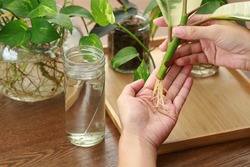


For how gratifying and cost-efficient this process is, propagation is surprisingly simple and possible for you to perform by yourself. Although there are multiple different methods for propagating (cutting, division, layering, and grafting,) propagation by using stem cuttings is the most popular method for woody shrubs, ornamental plants, and houseplants. You can propagate these cuttings in soil or water, but today we will be taking a look at propagating in water. Most Aroid plants, a family consisting of many common houseplants like pothos and ZZ plants, can be propagated in water. The ancestors of these plants lived in swamps, which means that adapting to wet conditions and flooding was essential for survival. So, you don’t have to worry about these cuttings missing out on soil while they form roots.
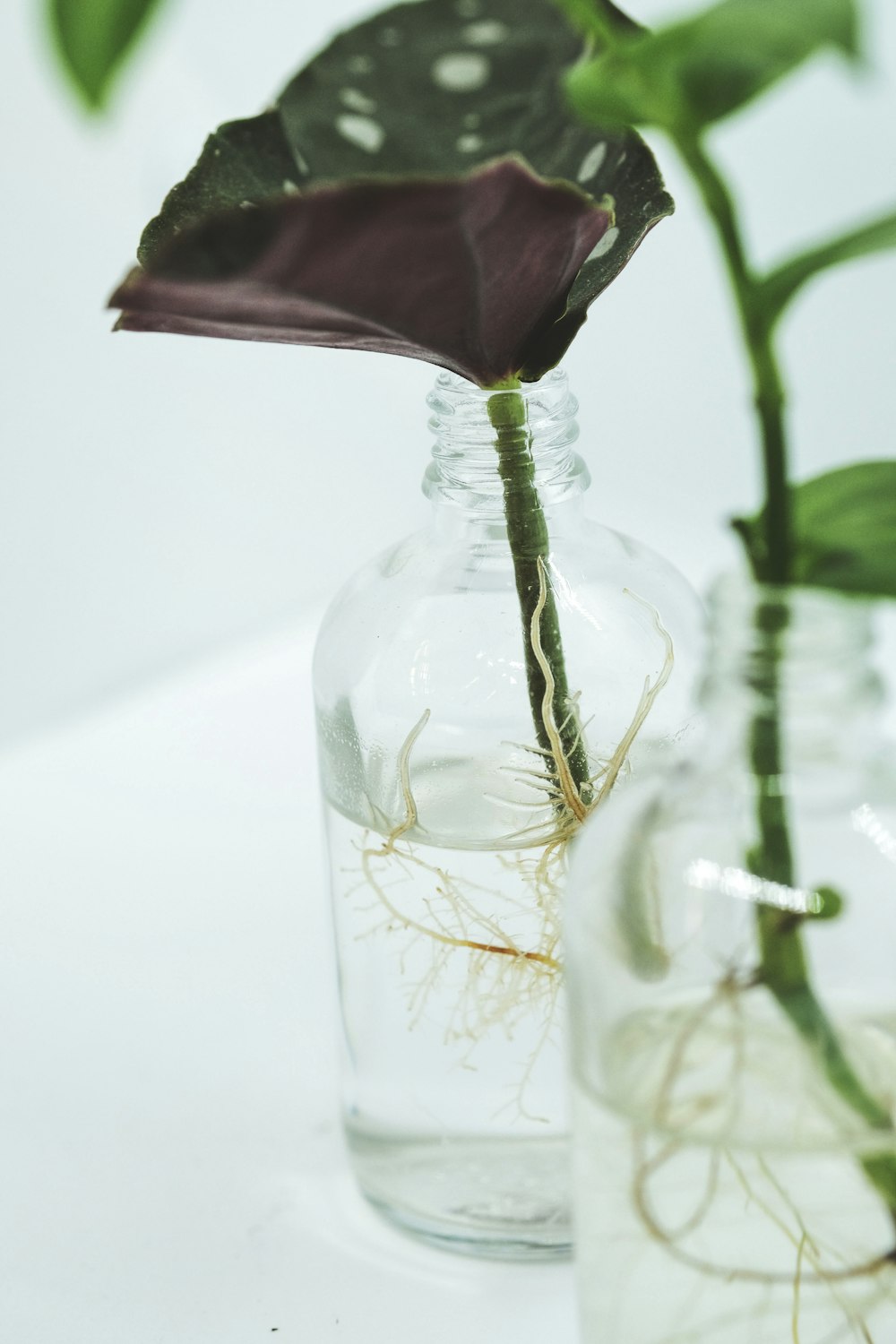
To start your propagating journey, you’ll only need a few necessary items:
- A mature plant to propagate
- Pro Propagation Tip Some plants to consider for this particular method of propagation include the pothos, tradescantia, umbrella plant, string of pearls rosemary, philodendron, and the prayer plant, angel wing begonia, spotted begonia, spider plants, Christmas cactus, swiss cheese plant and *most* succulents
- Scissors or pruners
- A glass container filled with room temperature water
- Your hands
Once you’ve gathered these simple items, you’re ready to start propagating. Here’s how you begin:
You’ll begin by taking your scissors or pruners over to the plant you would like to propagate, and you will cut a couple of inches off an offshoot of the plant right below a leaf or root node (depending on the type of plant you’re working with). These nodes are little bumps where the roots of the plant are beginning to grow again, and they are key to propagating.
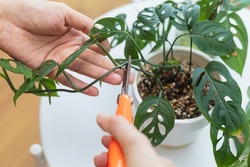
This cutting will become a clone of the plant that you removed it from. Not every cutting will root, so if you can it’s a good idea to start two or three cuttings to increase your chances of success.
Pro Propagation Tip Be sure to remove any leaves that may be too close to the node, as they won’t bode well if they’re submerged underwater in your glass container.
Next, it’s time to let those roots grow out! You will place the cutting into your glass filled with water, making sure that the root node is fully immersed. A clear container will allow you to monitor the length your roots grow until they’re long enough to move and replant in a pot. An added bonus of propagation is that it makes for some eye-catching home décor.

This process requires some patience, as it can take from a few weeks to months depending on what type of plant you select. You will want to place your plants in bright, indirect sunlight. Be sure to monitor the water that you place the plant in as it’s good idea to change it out weekly.
Pro Propagation Tip Some plants may be shocked by a quick change from living in water to soil. To give them a better chance at a successful rehoming from water to soil, you may want to slowly start adding soil to the container of water prior to potting.
Pro Propagation Tip Wait until your cuttings’ roots are around 2 to 4 inches before deciding to pot them. A good rule of thumb to check if your roots have formed is to lightly pull on the plant. If it is easily removed, it may not be ready. But, if you’re met with some resistance, it’s ready!
Now that you’ve patiently waited for your cutting to root, it’s time to pot your propagation in some fresh soil. 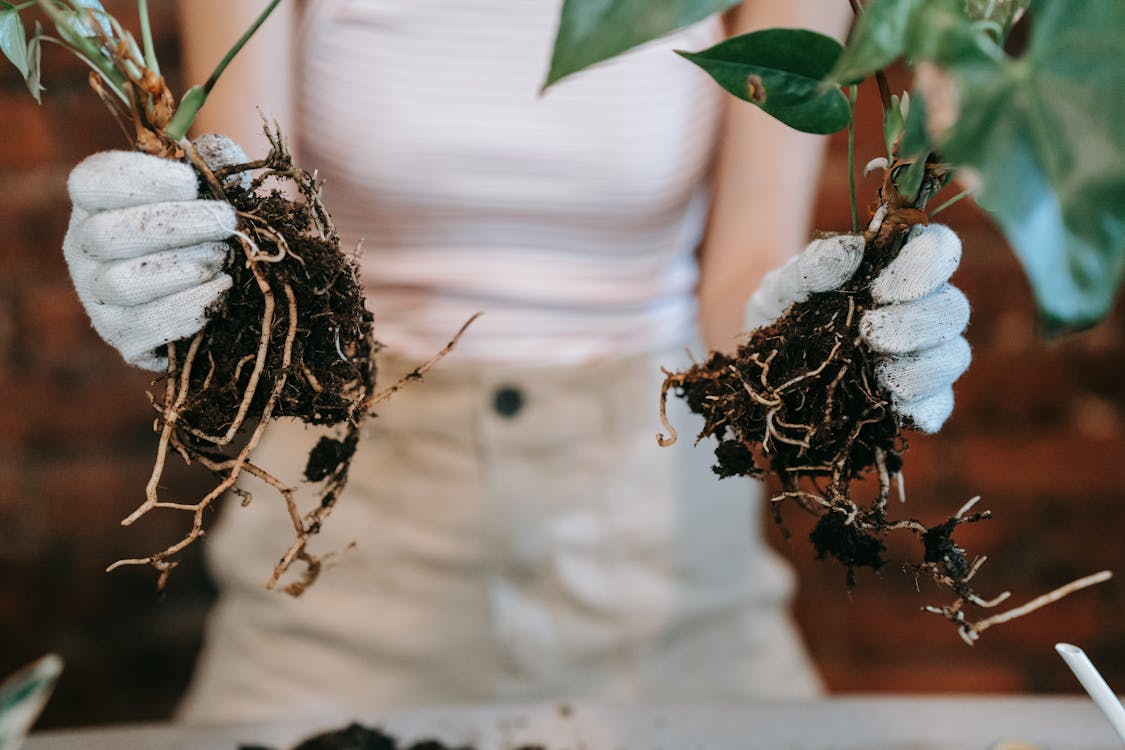 You’ll remove your rooted cutting from the glass container and welcome it to its new home in a pot of damp soil. Ensure that it is placed in indirect sunlight and that the soil remains moist (but not too wet!) to avoid root rot and help the plant transition from water to soil. In just a matter of time, this plant will be ready to provide cuttings of its own! It’s good to keep in mind that repotting your propagations is optional, as many plants can continue to survive and even thrive in just water alone. However, water has no nutrients which leaves the plant more susceptible to fungal infections. This can be combated by changing out the water regularly, and occasionally adding a bit of nutrient rich soil to the water. It’s a matter of preference and it depends on what your end goal is; you may want to fill another pot with a beautiful plant, or you may want to admire the astonishing roots as they grow freely and take over the inside of the glass container.
You’ll remove your rooted cutting from the glass container and welcome it to its new home in a pot of damp soil. Ensure that it is placed in indirect sunlight and that the soil remains moist (but not too wet!) to avoid root rot and help the plant transition from water to soil. In just a matter of time, this plant will be ready to provide cuttings of its own! It’s good to keep in mind that repotting your propagations is optional, as many plants can continue to survive and even thrive in just water alone. However, water has no nutrients which leaves the plant more susceptible to fungal infections. This can be combated by changing out the water regularly, and occasionally adding a bit of nutrient rich soil to the water. It’s a matter of preference and it depends on what your end goal is; you may want to fill another pot with a beautiful plant, or you may want to admire the astonishing roots as they grow freely and take over the inside of the glass container.

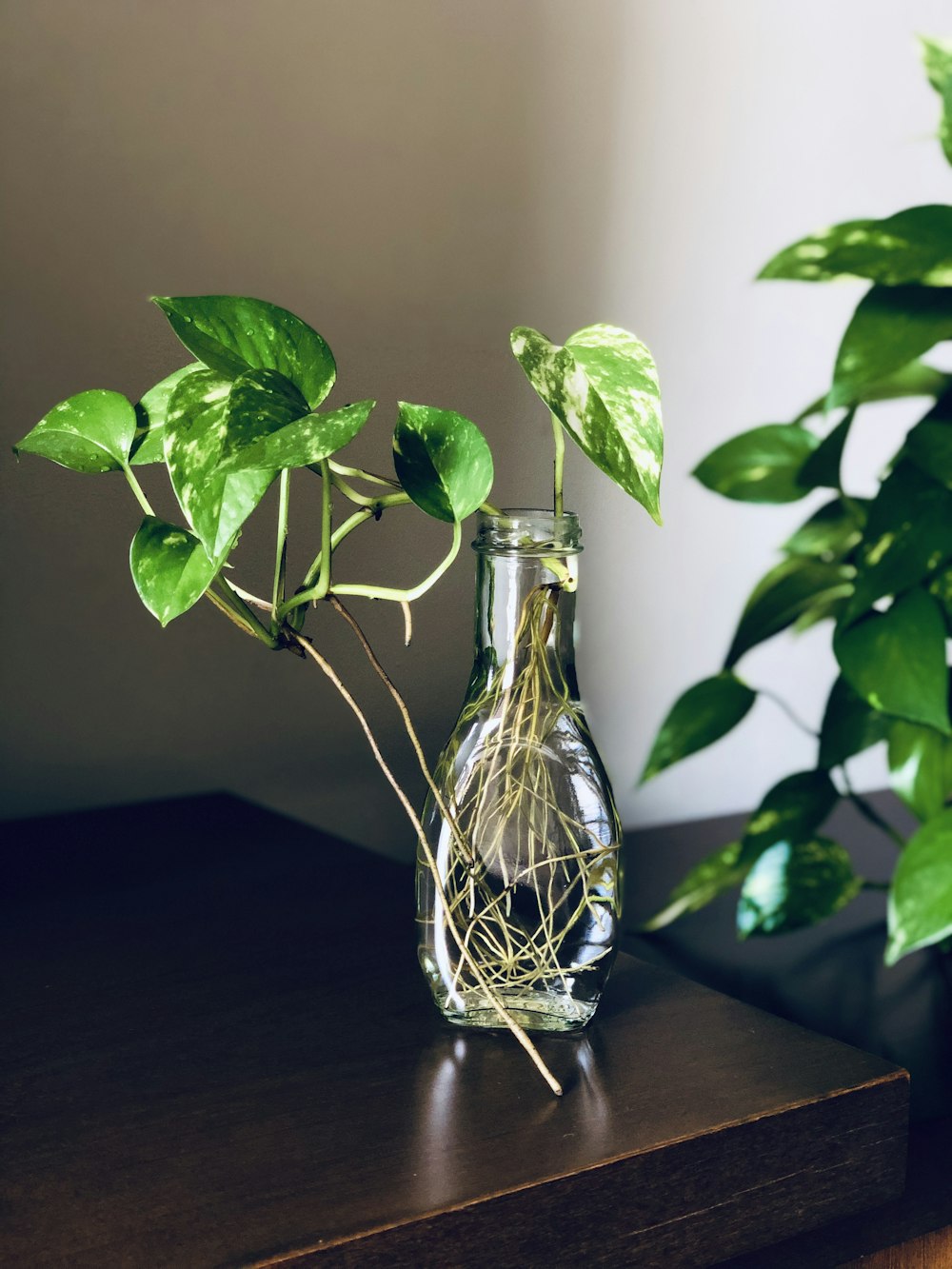
Now it’s only a matter of time until you grow your plant family exponentially simply by using what you already have! Although propagation seems straightforward, that doesn’t mean that it will always be successful. It’s important to stay patient and not to get discouraged if it doesn’t work out during your first attempts. Learning from mistakes will be just as gratifying!
Propagating plants is a great way to maintain your existing plants and keep them from overgrowing or getting too wild. It’s also a zero-cost way to expand your own plant family or share the magic of your favorite plant with others by gifting your plant babies. If you’d like to learn more about propagation and alternative methods such as performing it in dirt, with leaves, or with various plant species, check out the helpful resources we’ve linked below!
Helpful references:
For Propagation beginners:
https://www.thesill.com/blog/plant-propagation-for-beginners
Plant Propagation methods:
https://resourcecentral.org/plant-propagation-methods/
https://www.planetnatural.com/plant-propagation/
Propagating different types of plants:
https://www.papernstitchblog.com/how-to-propagate-plants/

